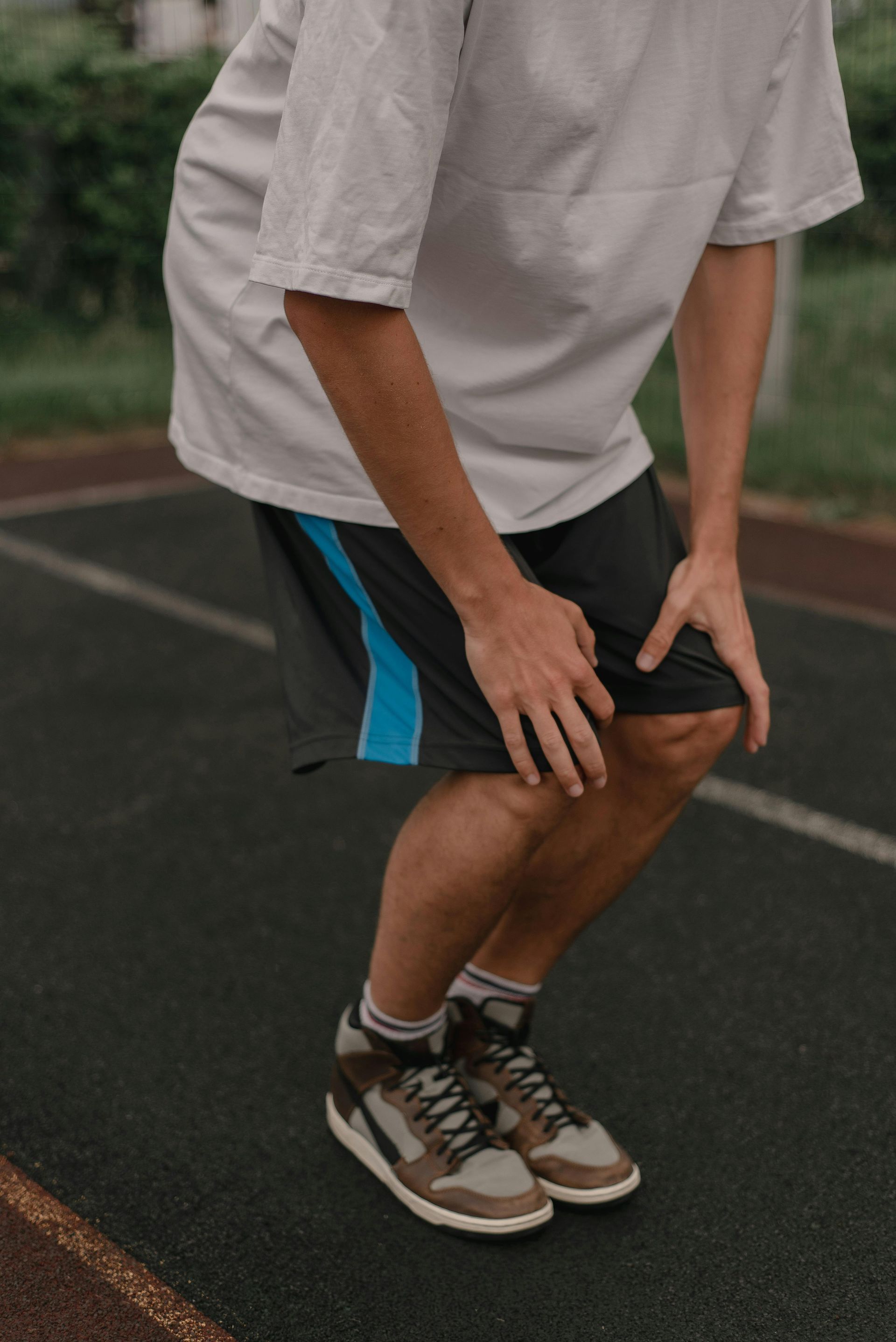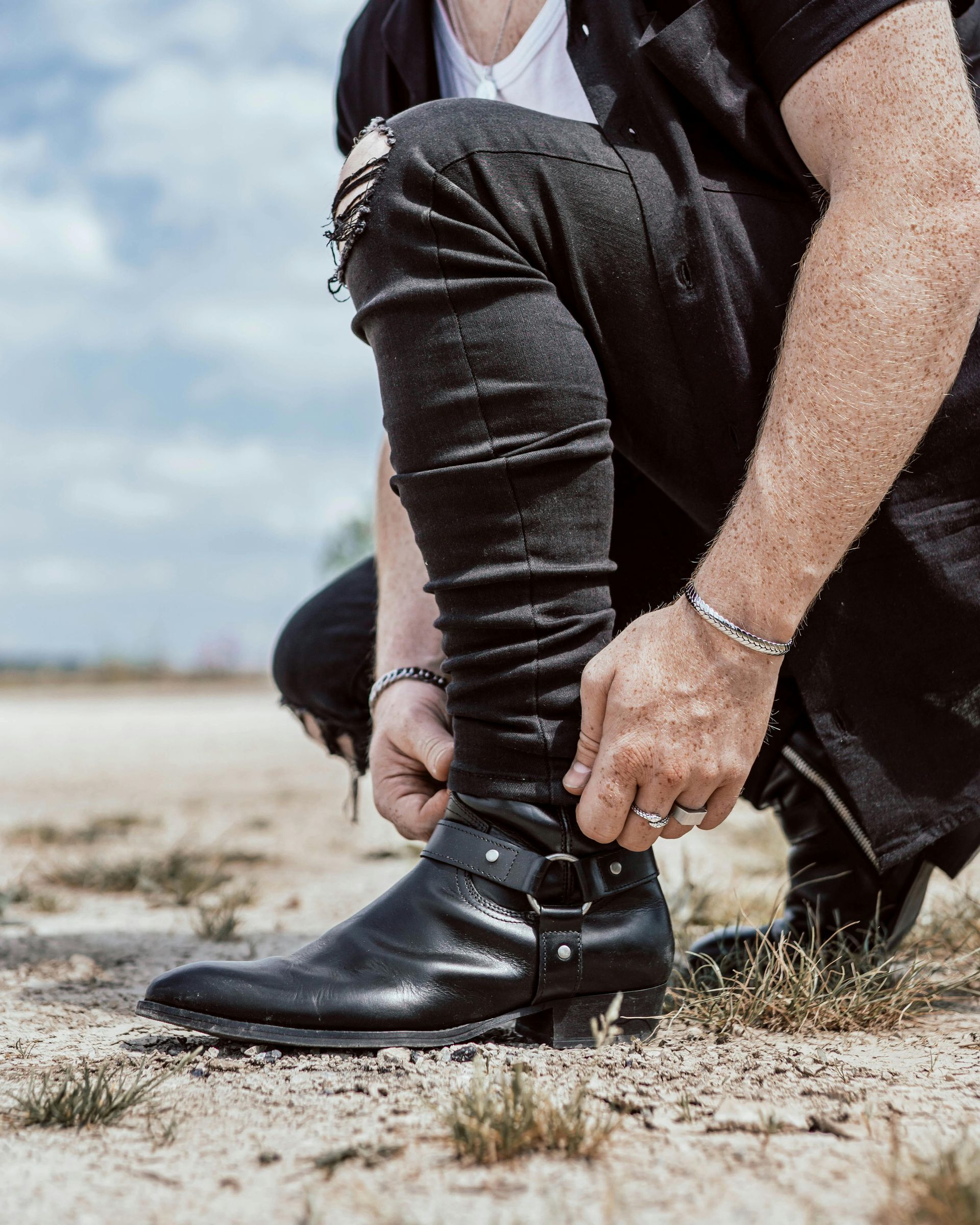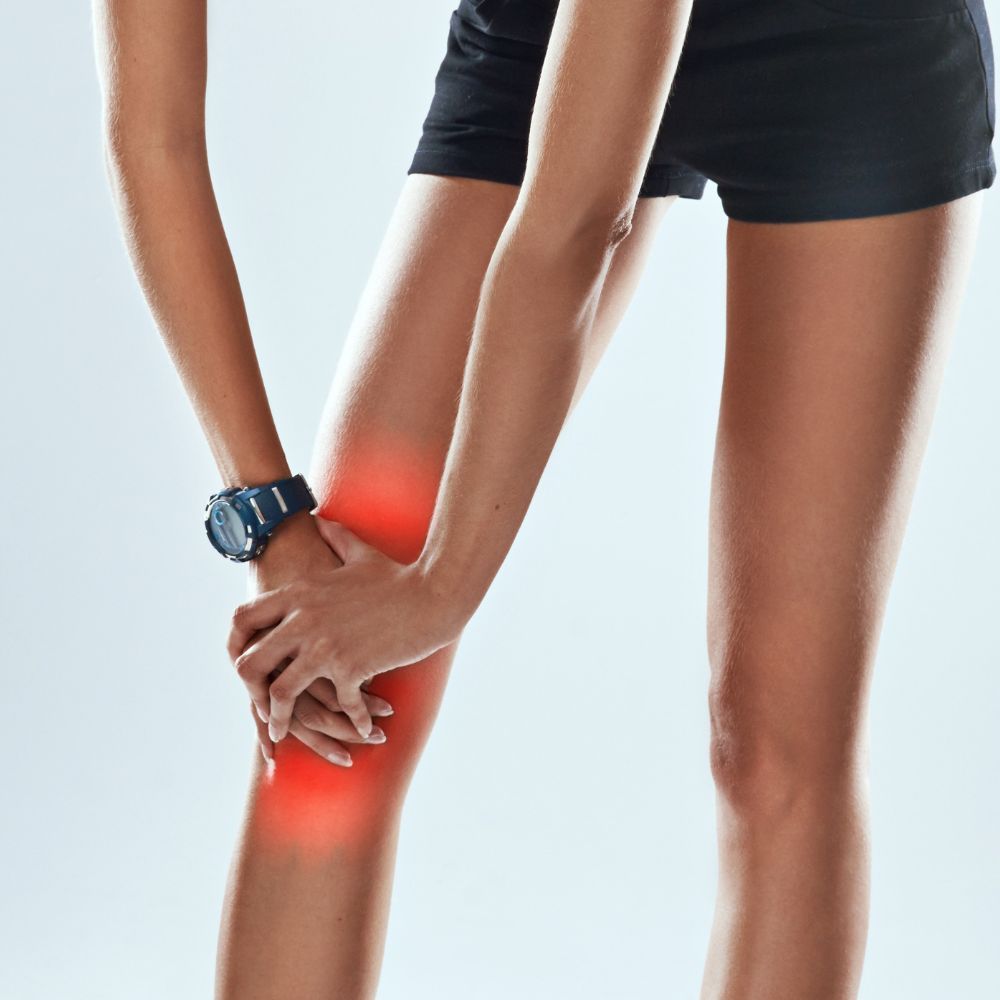Foods & Supplements to Help Soothe Knee Arthritis
Knee arthritis is a growing concern for many in the UK with over 10 million people suffering from some form of osteoarthritis. If you're one of the estimated 8.5 million people dealing with knee arthritis, you know how daily aches and stiffness can slow you down.
What you eat can play a big role in easing pain and keeping your knees moving more comfortably. We’ve compiled a simple guide to help you identify foods and vitamins that are beneficial for your diet and ones that you are better off avoiding or restricting to the best of your ability. A lot of this information is fairly common sense but there might be something you could get more of that would make a big difference.
1. Load Up on Anti-Inflammatory Foods
Inflammation is one of the main reasons knees become stiff, swollen, and painful. Certain foods are known to naturally fight inflammation and can be a helpful part of your everyday meals. Fatty fish like salmon or sardines are rich in omega-3 fatty acids, which may ease joint stiffness. Leafy greens such as spinach and kale are packed with antioxidants that help calm the body and are commonly rich in vitamin K, just like most green vegetables. Berries, especially blueberries and strawberries, are also full of helpful compounds that fight inflammation. And don’t forget olive oil; studies have found that extra virgin olive oil is great for supporting joint health and promoting better movement.
2. Consider Supplements
Some people find relief by adding joint-supporting supplements to their routine. Glucosamine and chondroitin are among the most talked-about; they may help protect cartilage and reduce joint discomfort. Turmeric, often found in capsule form, contains curcumin, a natural anti-inflammatory. This is highly recommended to be taken in supplement form as turmeric on its own is too low in curcumin to make a noticeable difference and synthetic turmeric has related health concerns with certain products being pulled from shelves.
Omega-3 supplements can be beneficial but are not generally recommended due to low levels of research done. It’s better to get it from your food intake so if you don’t like or can’t eat much fish, nuts and soya are good ways to increase omega-3 intake. Vitamin D may also help as it helps keep bones strong and supports the immune system. Before adding any supplement to your daily routine, be sure to speak with your doctor or pharmacist to make sure it's right for you and stop taking them if you notice any adverse side effects.
3. Eat to Strengthen Bones and Joints
Your joints need the right nutrients to stay strong and flexible. Calcium-rich foods like low-fat yogurt, cheese, or fortified plant-based milk help support bone strength. Nuts and seeds provide healthy fats and magnesium, both of which are good for your joints. Whole grains such as oatmeal and brown rice are also beneficial, giving your body long-lasting energy without causing inflammation. As always, aim to include a rainbow of fruits and vegetables in your meals to get a wide range of nutrients that support joint health.
4. Foods to Cut Back On
Just as some foods help reduce arthritis symptoms, others can make them worse. Sugary snacks, soda, and desserts can increase inflammation in the body. Fried foods and processed items like chips or packaged pastries also contribute to joint discomfort. Eating too much red meat has been linked to higher inflammation levels, so it's best to enjoy it in moderation. Try to replace these foods with healthier options when possible.
5. Food Alone Isn’t the Whole Picture
While healthy eating and the right supplements are important, they’re only part of the solution. Staying active, managing your weight, and moving your joints regularly can help reduce pain and stiffness. Gentle daily movement like walking, stretching, or water-based exercises can make a difference. When all these elements work together, you’re more likely to feel better and move with greater ease.
Ready to Feel Better? Let’s Take the Next Step
If your knee pain is affecting your daily life, it may be time to talk to a knee specialist. At Leeds Knee Clinic, we have experience helping those with knee arthritis manage their condition. We can help you build a personalised lifestyle plan that includes the right foods, supplements, and activities for your specific needs.
Book an appointment today and take the first step toward a more comfortable life.











